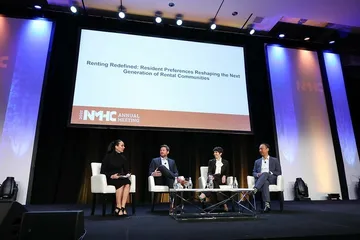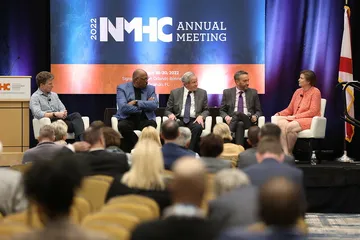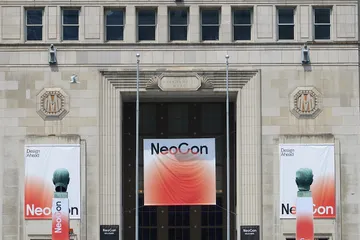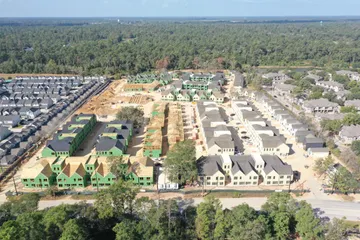Design Matters: Trends in Design and Amenities.
Single family rentals have emerged as one of the largest areas of growth. While the outlook appears positive, it is a newer market, and some developers feel the future of this product type is not totally predictable.
Through data analytics, we can surmise that multifamily renters are using online searches to look at unit layout first, before looking at amenity spaces. This is a significant shift from the pre-pandemic times, where searches based on amenity spaces led the way. Units with home offices, generous closet space and flexible layouts are now the first to lease. Smaller rental units are resulting in higher turnover, forcing owners and developers to look at unit mix and skew towards larger footprints for longer lease periods.
Sound transmission between units remains to be the number one issue plaguing residents and operators. While it may not seem like an amenity, developers that invest in sound deafening measures will be able to highlight this feature for years to come, a lasting impact of brand differentiation.
Delays in supply chain and sourcing are negatively impacting the value-add process. There is an expectation that owners will continue to pull back on projects that involve scarce materials and products, which may create a delay in renovations to existing amenity spaces. If this happens, we can predict another wave of latent demand, due to pent up requests for these items, not from supply chain and logistics.
Higher density buildings that are designed to adeptly manage packages and food deliveries are rising to the top, a trend that will not likely change as residents have grown accustomed to the conveniences of COVID-19 times.






